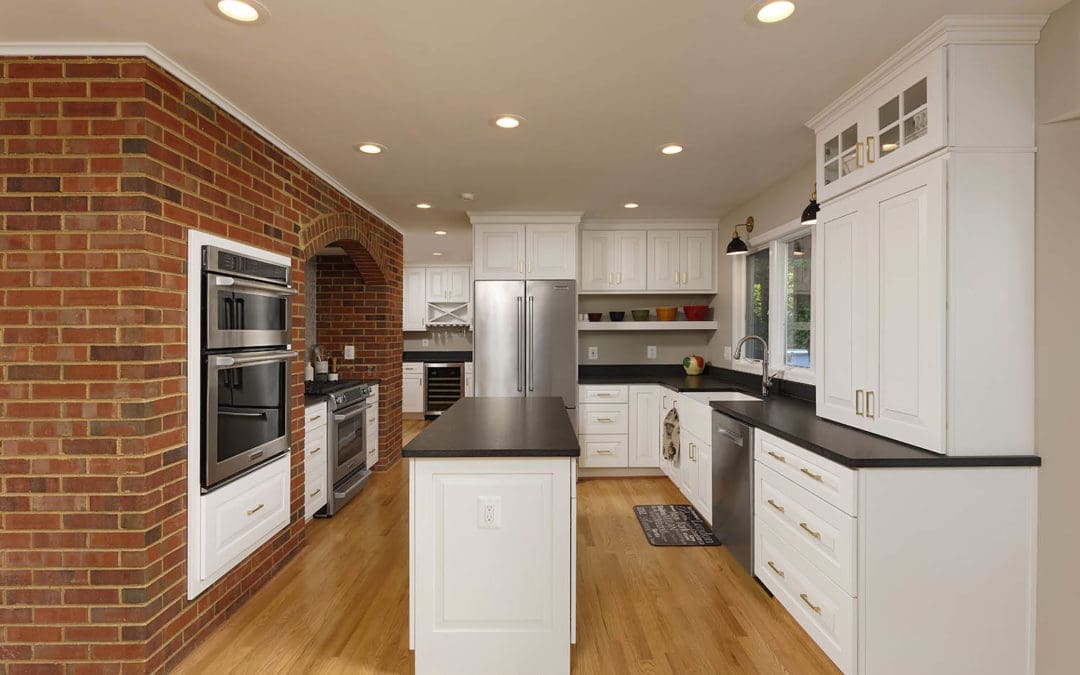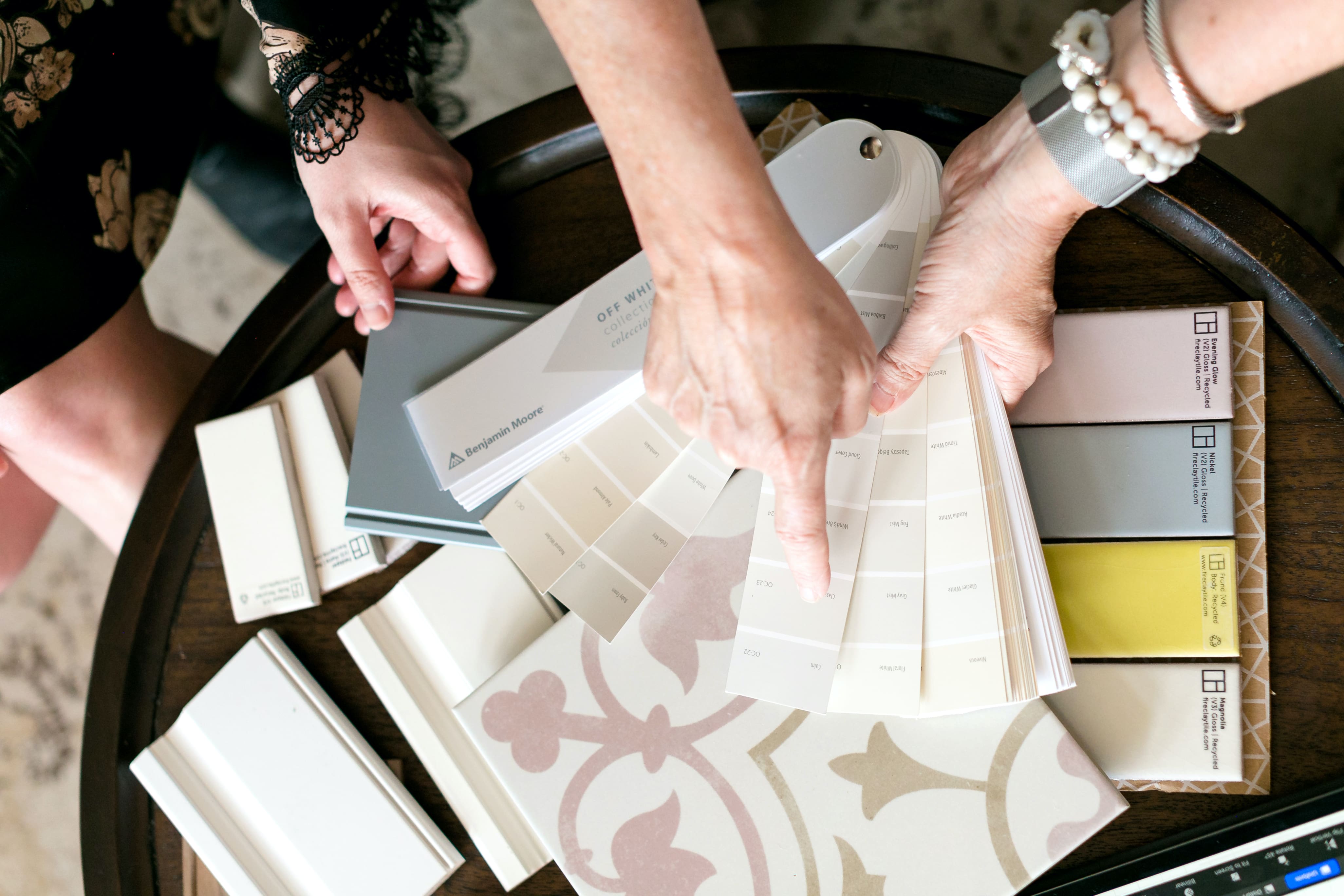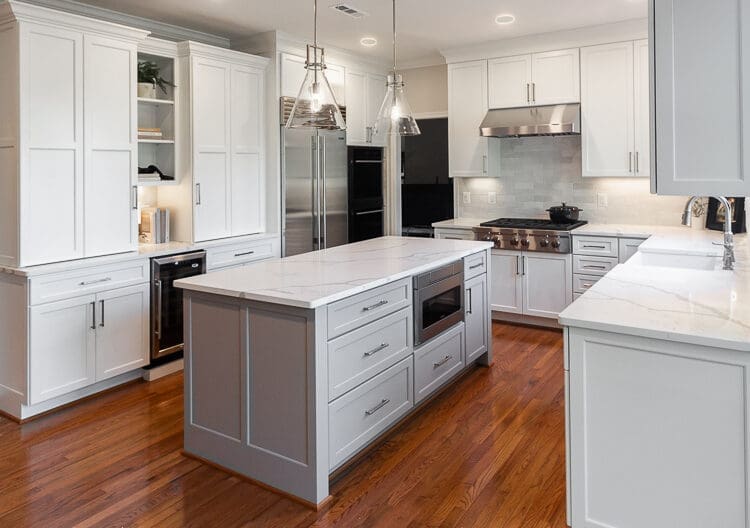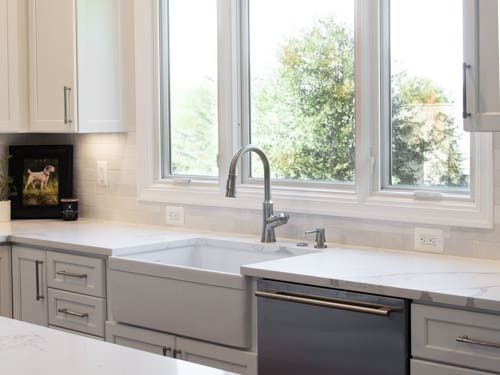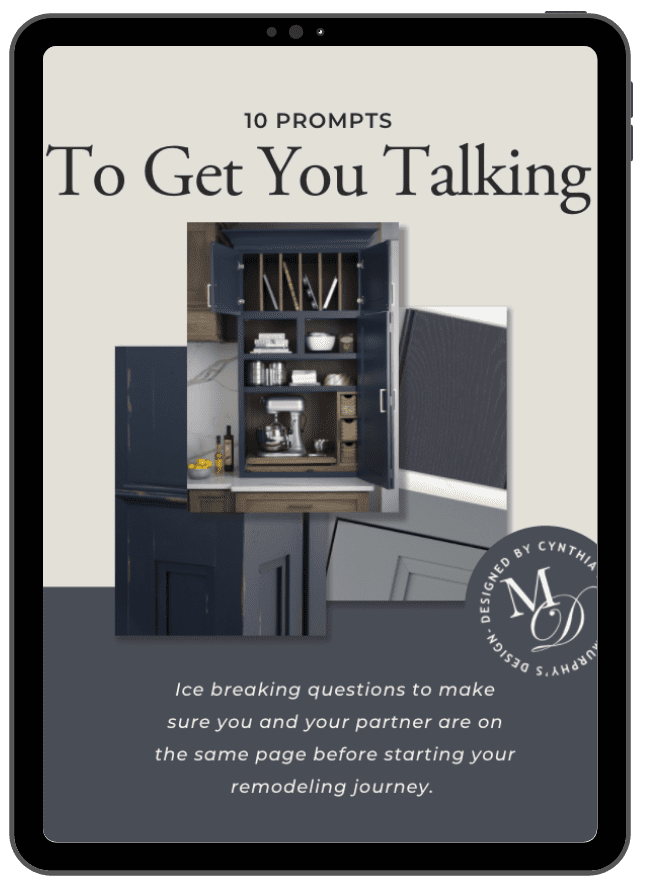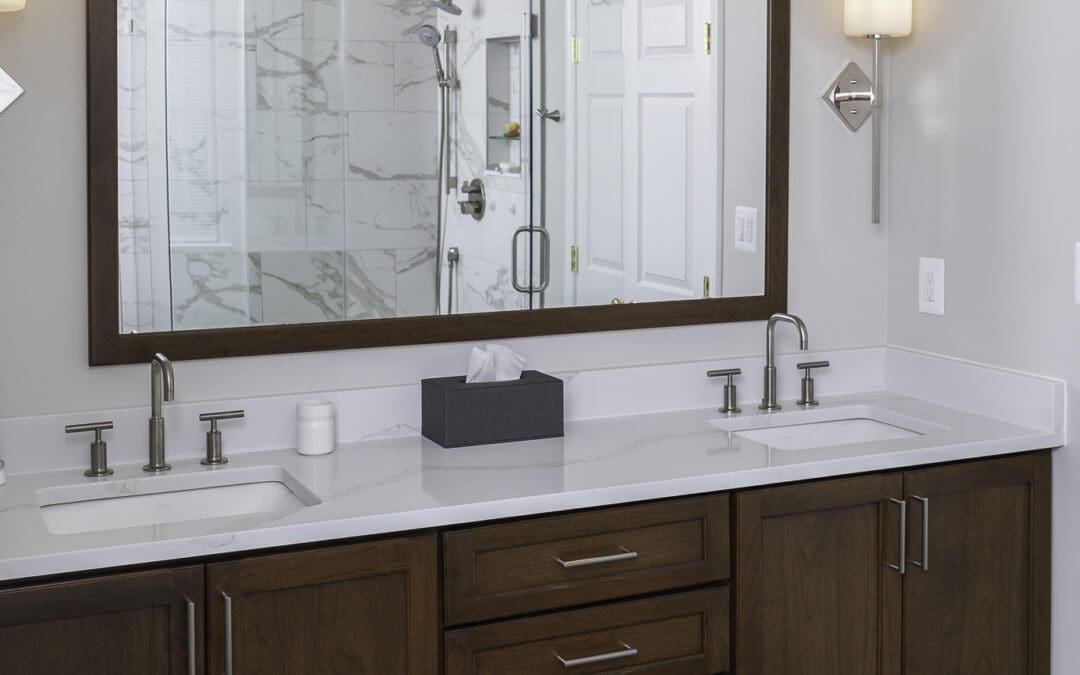
How To Start Planning A Remodel
How To Start Planning A Remodel
My Top 7 Tips
Planning a remodel can be both exciting and frustrating. If you’re struggling with how to start planning a remodel there’s simple steps you can take before you spend a dime. The key to a successful project lies in the planning stage, where making the right decisions early can save you both time and money.
Here in Northern Virginia material and labor costs are amongst the highest in the country, in this post, we’ll guide you through the steps to begin to plan your remodel without breaking the bank.
1. Take Advantage of Professional Consultations
Schedule Free Virtual Consultations
Many design and remodeling firms offer free or low-cost initial consultations. These can provide valuable insights on who you need to help with your remodeling and how much to budget for that assistance. While having someone to bounce your ideas off is helpful, you’ll gain the most insight by seeking to understand the many remodeling professionals and their roles. Focus on who will be the best fit; a Design Build Firm, Designer, or Remodeling Consultant in making your plans, the cost of your remodel will be greatly impacted based on that decision.
To do this, start by asking questions about their planning process.
Here’s my Top 5 Questions to ask before deciding on who to hire to help you plan your remodel:
- Ask them: How do they charge? Hourly? Bundled Services?
- Ask them: What commitment, if any, do they expect with their service
- Ask them: What deliverables are included? What will you have when finished?
- Ask them: How long does it take and what’s your time investment?
- Ask them: Do you get a copy of the plans to use even if you don’t have them build or manage the project?
Attend Workshops and Seminars
Participating in workshops and seminars can be a great way to start identifying the quality of materials you will use. There are many online opportunities to become introduced to the many products on the market. These programs will educate you on what’s available, the cost variables and provide tips to make your project more efficient and cost-effective. Things like Kitchen Appliances, Bathroom Waterproofing, Tile Materials, Countertop Options, flooring types, are all information and will provide you with invaluable insight.
1. Set Clear Goals and a Realistic Budget
Define Your Needs and Wants
Start by making a list of your must-haves and nice-to-haves. This will help you prioritize your spending on what truly matters to you. A must-have starts with repairs and replacements that are essential to your financial and emotional return on investment. Nice-to-haves could be brand specific or items that could easily be added later. By having a clear idea of where you stand on the elements of your remodel you will be able to evaluate the cost of the item against the value to your day to day life.
Establish a Budget
If you are struggling to start your remodel because you are on a tight budget then be realistic about what you want. Having a budget at this early stage does not mean you can’t do what you want if it is more than you thought. It means you can have much better discussions during your planning on what things cost and employ cost cutting strategies. Don’t start planning a remodel that takes you so far out of your budget you can’t move forward, instead employ professionals willing to work with you on finding solutions that are best for your budget without sacrificing long term quality.
2. Do Your Research
Gather Inspiration
Look for inspiration on websites like Pinterest, Houzz, and design magazines. Create a digital vision board to help you visualize your dream space and then share with professionals when the time comes.
Understand the Costs
Research the average costs of materials and labor in your area. Be wary of sites that answer the cost question without having a detailed conversation about your home with you. Average costs to remodel a Kitchen or Bathroom can be wildly different based on size, scope and materials to be used. This information can be manipulated to act as click-bait. To avoid, get specific on the cost such as hardwood flooring install, wood flooring materials, rather than general flooring. This will give you a better understanding of where your money will go and help you make informed decisions.
Be ready to have meaningful conversations with the professionals you reach out to about costs and more specifically what in your project may be driving up the costs of your remodel.
3. Choose the Right Professionals
Hire a Professional Designer or Consultant
A Consultant can help you maximize your space and avoid costly mistakes. Many designers offer consultations or package deals that can fit various budgets. Find consultants that are experienced in your project type and offer stand alone services not tied to your ultimate purchase or labor or materials. This will ensure an unbiased approach to the information they provide.
5. Be Smart About DIY
Know Your Limits
While DIY can save money, it’s important to know which tasks you can handle and which should be left to professionals. Tackling projects beyond your skill level can end up costing more in the long run. The biggest factor in choosing not to DIY any of your projects: TIME. If you are busy working full time and prioritize friends and hobbies on the weekends DIY might not be for you.
This is another area that working with a Consultant during your planning can help. They can recommend qualified trades where you need the help allowing you more flexibility in the work scope and cost.
Take Advantage of Workshops
Many home improvement stores offer free or low-cost workshops on various DIY projects. These can provide you with the skills needed to tackle simpler tasks.
6. Source Materials Wisely
Shop Sales and Clearance
Look for sales, clearance items, and overstock deals. You can often find high-quality materials at a fraction of the cost.
Consider Reclaimed and Recycled Materials
Using reclaimed or recycled materials can add character to your space and save money. Check out local salvage yards, online marketplaces, and recycling centers.
7. Stay Flexible
Be Open to Compromise
Sometimes, the perfect item is out of budget or unavailable. Being flexible with your choices can help you stay within budget without sacrificing style.
Adjust as Needed
Unexpected issues may arise during the remodel. Stay flexible and adjust your plans as needed to accommodate these changes without stressing over the budget.
By following these steps, you can embark on your remodeling journey with confidence, knowing that you’ve made informed decisions and secured the best help without overspending.
Ready to get started? Schedule your FREE CONSULT HERE.
Want more of this topic? Read: What is a Remodeling Consultant here.

About The Author
Cynthia Murphy, CKBR
Cynthia Murphy is a Northern Virginia Top Designer and Remodeler has been helping homeowners design, plan and build their home remodel projects since 2004. As a Certified Kitchen and Bath Remodeler she offers Design-Build Remodeling and stand alone Design and Consulting services. You can reach Cynthia to schedule a Free Consultation at www.murphysdesignllc.com

